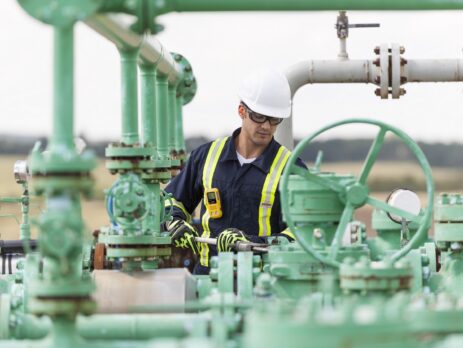Combining Fixed & Portable Gas Detectors for Complete Solutions
Gas detectors are usually categorised as either being fixed, portable or transportable. All of these types have a range of methods of detecting gas or vapour hazards and have their own strengths and weaknesses. Selecting the correct solution depends on the circumstance of operation, topography of the site or application and the nature of the gas hazard. For example fixed systems are impractical for sewer workers operating in confined spaces. This type of application suits a portable personal gas detector. Similarly an indoor process in a lab or production facility requires 24 hour monitoring, something a portable detector cannot provide. In some instances a combination of both fixed and portable provides the best solution so correct assessment of the hazard and best available technology to monitor is vital.
Benefits of a Fixed Gas Detector
Fixed gas detectors are permanently situated in an environment and are used to monitor continuously, in a similar manner to fire and smoke alarms. These detectors are often specific to a target gas and connected to a control panel. Advanced systems can log and trend data and connect to cloud-based systems. Unlike portable gas detectors these systems offer 24 hour monitoring of a process or area. Fixed systems suit enclosed, and or indoor areas, perimeter or targeted monitoring of outdoor areas.
Benefits of Portable Gas Detectors
Portable gas detectors are designed to form part of a user’s PPE and are generally clipped on to an item of clothing. They are programmed to alert the wearer when gases exceed safe limits and help with the screening of hazardous gases in the user’s breathing zone. Portable gas detectors can be used for either single gases or up to six distinct gases.
A very common example of a multi gas portable detector is a confined space monitor, which often used in the detection of Hydrogen Sulphide, Carbon Monoxide, Oxygen and combustibles (%LEL). However portable gas detectors come in a variety of styles, a single gas version, a multi gas version which can be used for up to six gases and each can be configured for the detection of gases that are of concern. Portable gas detectors provide alarms to the person wearing the detector, so it must be considered that the wearer is often moving into a gas hazard before the detector responds. Detector pre-checks (bump testing), maintenance and calibration is therefor vital in order to rely on the detector for personal safety. Portables only provide protection for the wearer and so cannot provide the 24 hour area cover that a fixed system can offer. They are a good solution where fitting a fixed system is impractical. Examples could be sewer workers, people working in storage tanks, open areas on petrochemical sites and similar.
Combining Portables Gas Detectors with Fixed Gas Detectors
Fixed gas detection systems are installed to offer continuous monitoring. Portable gas detectors are used to provide protection for personnel in either confined spaces or where a fixed gas detector cannot be placed, also known as “dead spots”.
Best practice can involve using a combination of both detectors. Portable gas detectors are frequently employed to verify the alarms sounded by fixed gas detectors or to verify areas are clear following alarms or to narrow down leak sources.. Additionally, on larger sites fixed gas detectors may not be able to adequately cover all areas and portable gas detectors are employed as a supplementary measure. One such example is a brewery. Fixed gas detectors are placed strategically around the brewing processes to detect for CO2 increase and oxygen depletion. However due to site layouts on breweries and certain activities carried out, you will often get dead spots where CO2 can accumulate. Portable CO2 detectors are used in conjunction with the fixed systems for where personnel are entering vats for cleaning or entering areas where a fixed detector cannot be placed. This then provides the complete gas safety system.
